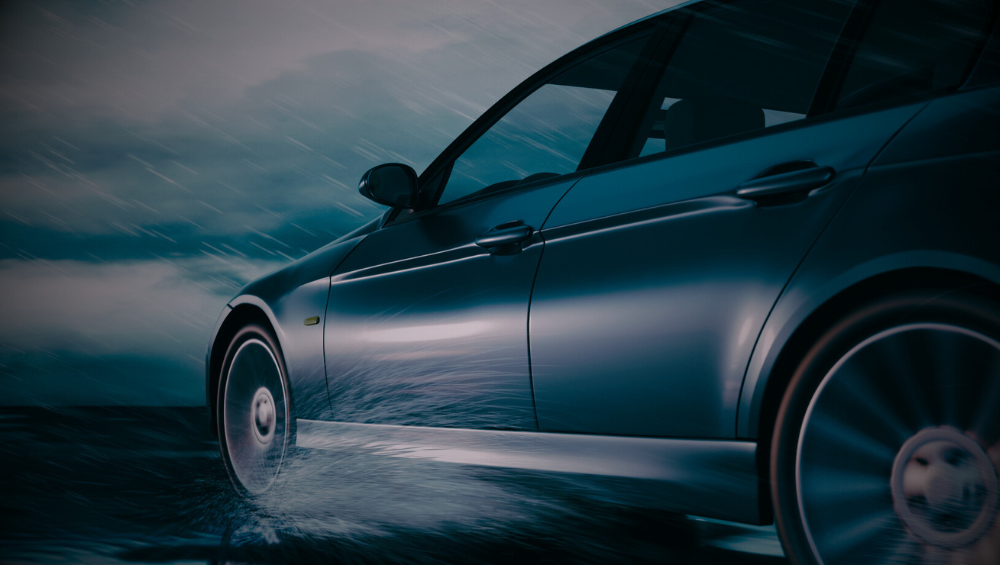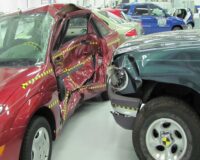If you’ve ever hydroplaned before, you know exactly what this moment of panic can feel like. For those that have been fortunate enough to not experience it, hydroplaning occurs when your vehicle’s tires can no longer maintain contact with the road because there’s a layer of water beneath them.
As a result, drivers experience a loss of control similar to the feeling of hitting a patch of ice in the winter.
Fortunately, with the right knowledge and vehicle maintenance, there are some things you can do to avoid hydroplaning.
How to Avoid Hydroplaning
- Avoid using cruise control in wet conditions, whenever possible. Manual driving is the safer option as it demands more attention, helping you maintain control.
- Make sure that your tires are in good condition and have enough tread depth to effectively disperse water. A simple way to check tread depth is with the penny test. All you need to do is insert a penny into the tire groove with Lincoln’s head upside down. If you can see his entire head, it’s time for new tires.
- Regularly rotating and and balancing your tires will promote even tread wear and extend tire life.
- Stay away from puddles and accumulated water on the road to minimize the risk of hydroplaning. Not only can driving puddles cause hydroplaning but depending on the depth of the water it can also cause mechanical problems with your vehicle.
- Try to stay in the center lanes. Roads are designed to be the highest in the middle, allowing water to run off the center and drain at the edges. So typically you’ll find more standing water in the outer lanes near the road’s edges.
- Rain can significantly increase stopping distances. Expanding the gap between you and the vehicle ahead helps provide extra reaction time.
- On wet surfaces, do your best to lower your driving speed by 5-10 mph, especially if you observe any standing water.
- Check and adjust your tire pressure according to the manufacturer’s guidelines. Both underinflation and overinflation can contribute to hydroplaning because they interfere with your tire’s full contact with the road.
What to do if You Start Hydroplaning
Should your vehicle begin to slide, resist the urge to steer in the opposite direction or slam on the brakes as this will only make the situation worse.
Instead, turn the wheel toward the direction that you’re sliding. Once the sliding has ended, you can gently accelerate or slowly use your breaks. Carefully steer your vehicle back in the direction it was headed.
About Warren Auto Body Shop, Pole Position Auto Body
Pole Position Auto Body is an I-CAR Gold Class Certified facility that’s been repairing Metro Detroiters vehicles for over 3 decades. We follow all OEM procedures and utilize the current technology and repair techniques to return your car to its pristine, pre-accident condition, typically 3 days sooner than the average repair facility!





